Introduction
In the journey towards carbon neutrality, Industrial facility owners and manufacturers face crucial decisions on managing their GHG emissions. Two key strategies often discussed are carbon insetting and carbon offsetting, each offering distinct approaches to achieving environmental goals while navigating the complexities of industrial processes.
Understanding Insetting vs. Offsetting
Carbon Offsetting involves compensating for emissions by investing in projects that reduce greenhouse gases elsewhere. These projects could include reforestation efforts, renewable energy installations, or methane capture initiatives. While effective, offsetting often raises questions about additionality and the long-term sustainability of projects.
Carbon Insetting, on the other hand, focuses on internal emissions reductions within the supply chain or operational processes. This approach integrates sustainability directly into core business operations, fostering resilience and sustainability throughout the value chain.
Decarbonizing Industrial Processes
Industrial facilities are significant contributors to global GHG emissions, making decarbonization essential. Techniques such as Direct Air Capture (DAC) are gaining attention for their potential to capture CO2 directly from industrial facility emissions. Energy efficiency initiatives and the adoption of renewable energies, alongside the electrification of industrial processes, are also popular decarbonization approaches. However, DAC and similar technologies require substantial upfront investment and ongoing operational costs, posing financial challenges for many businesses.
Investing in high-quality offset projects offers a more immediate and potentially cost-effective route to carbon neutrality. These projects often provide measurable and verifiable carbon reductions, aligning with regulatory requirements and corporate sustainability goals. In the voluntary carbon market (VCM), there are notable advancements in providing reliable, science-based methodologies through leading registries such as
VCS,
Gold Standard, and
Puro.Earth. This sector continues to expand, promising a robust future.
Projects focused on carbon removal or reduction, such as biochar production, reforestation initiatives, and methane reduction efforts, contribute significantly to carbon sequestration, removal, or displacement with sustainable alternatives. These initiatives not only deliver immediate environmental benefits but also help organizations meet regulatory requirements and fulfill their corporate sustainability commitments.
Short-term vs. Long-term Carbon Reduction Strategies
For facilities evaluating carbon reduction strategies, the decision between insetting practices—focused on decarbonizing or reducing emissions within their value chain—and offsetting measures depends on both short-term objectives and long-term sustainability goals in their strategy. It’s important to recognize that sustainability and ESG strategies for industrial facilities or corporations should also be seen as essential risk management measures.
Combining Strategies for Optimal Results
Insetting and offsetting are complementary strategies that help businesses navigate the complexities of achieving carbon neutrality. Decarbonizing industrial processes through DAC and other technologies presents opportunities for innovation and environmental stewardship but requires careful financial planning and alignment with corporate objectives.
By strategically combining direct emission reduction measures with high-quality offset projects, industrial facilities can effectively address the financial and operational challenges of achieving carbon neutrality while advancing their sustainability goals.
Conclusion
As industries strive to meet regulatory requirements and stakeholder expectations, balancing investment in decarbonization practices and offsetting initiatives can foster resilient, sustainable business practices while advancing global climate goals. Join us in embracing carbon neutrality and sustainable practices. How is your organization tackling GHG reduction strategies and GHG accounting? Connect with us to collaborate on driving meaningful change.
Questions or comments?
Email [email protected] to learn more



